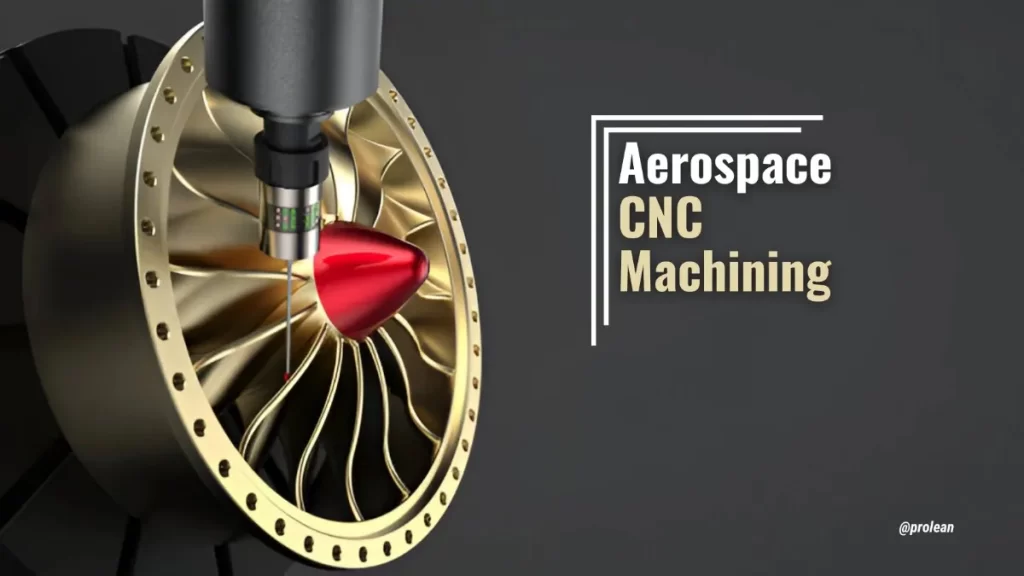
Aerospace CNC Machining
Making precision machining parts for aerospace demands high-precision and tight-tolerance machining. You need to work with complex designs and meet strict industry checks. At Prolean Tech, we machine components that meet those demands every day.
We understand what’s at stake when parts go into flight systems. That’s why every process step is built around control. From material selection to final inspection, we keep everything exact.
Our team works with aerospace-grade materials like aluminium, titanium, stainless steel, engineered plastics, and composites. We machine each part to spec, whether the job calls for light weight, strength, and heat resistance.
What Is Custom Aerospace Parts Manufacturing?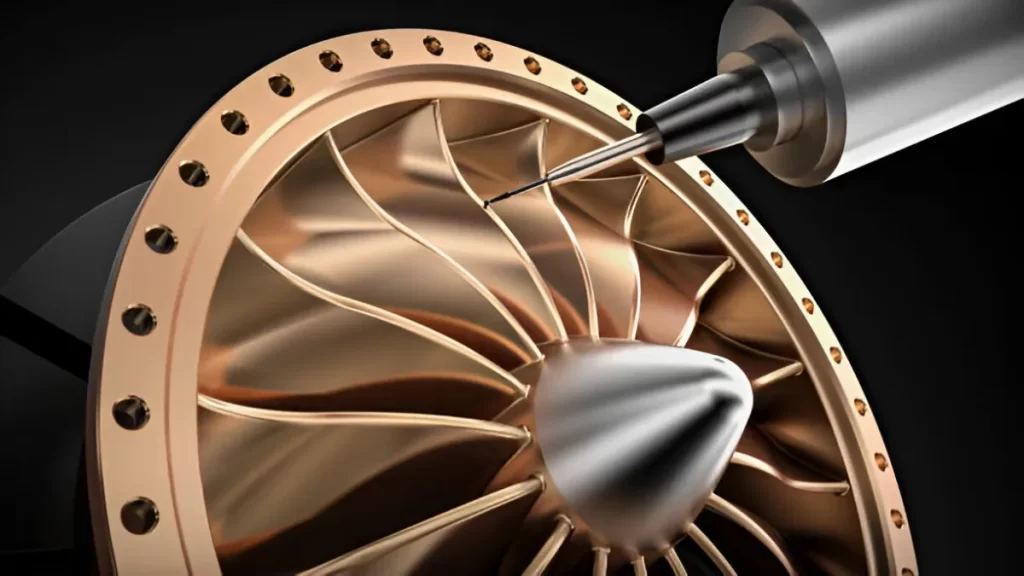
CNC Aerospace Machining
CNC Machining Aerospace involves shaping and manufacturing aircraft and spacecraft parts using computer-controlled machines. These machines operate under elaborate digital directions (CAD models) to carefully cut and assemble parts.
Any slight variation in part tolerance can turn critical with a minor error. Aerospace parts need to be precise and reliable, unlike other industries.
CNC machining comprises all capabilities to keep the same quality whether you make a single piece or mass production. This uniformity is essential when producing parts that conform to high safety requirements.
What Materials Are Used in CNC Machining Aerospace Parts?
The material selected is crucial when dealing with aerospace parts. Not all metals and plastics are appropriate for creating parts supporting high stress and extreme conditions.
The following are the common materials you will come across in aerospace CNC machining.
Aluminium Alloys Commonly Used in Aerospace
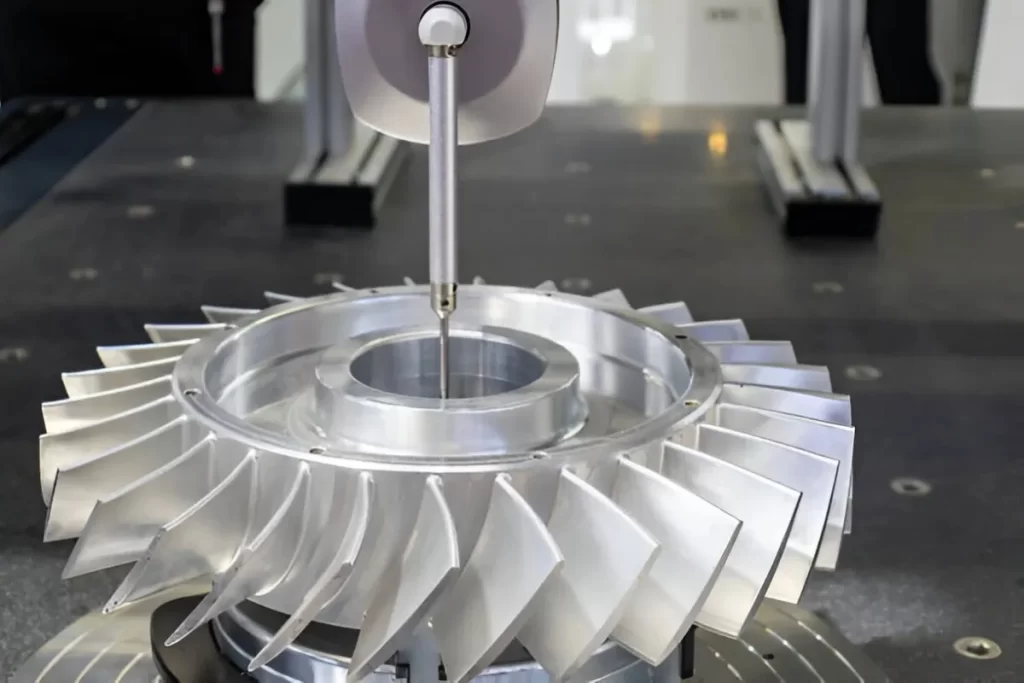
Aluminum CNC Machining For the Aerospace Industry
Aluminium is trendy due to its strength and lightness. It can be machined easily with minimal tool changeover. Aluminium 7075 is one of the most commonly used alloys. It has zinc and is highly resistant to fatigue. Thus, it’s suitable for components like the wings and fuselage supports.
Other alloys, such as 4047, 6951, and 6063, are also machined in the aerospace industry. Among these, 6000 series alloys are relatively easy to work with and retain good performance.
Titanium and Its Alloys for Tough Aerospace Parts
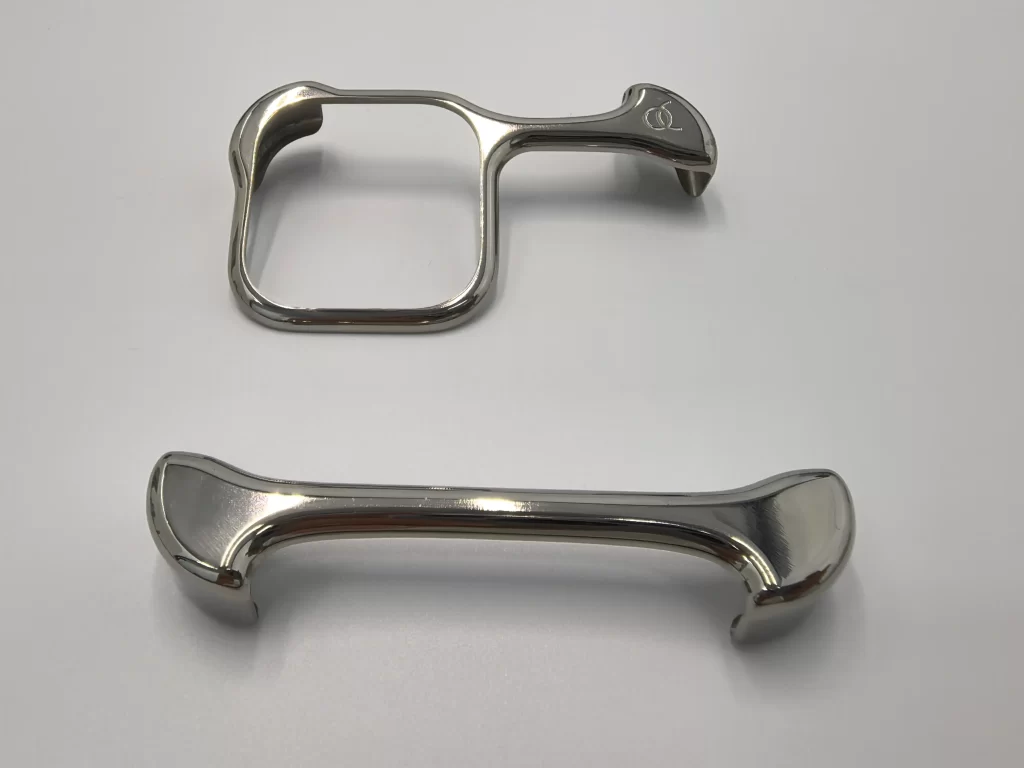
Titanium is appreciated for its strength, heat, and corrosion resistance. In commercial and military aircraft, you will find its use most frequent.
Titanium alloys are used in parts such as engine discs, blades, and airframe structures. It cannot be easily machined like aluminium. Tools wear out faster and get hot.
Thus, it’s essential to reduce the cutting speed and increase the feed rates when machining titanium because of its property to damage tools or the material itself.
High-Performance Plastics in Aerospace
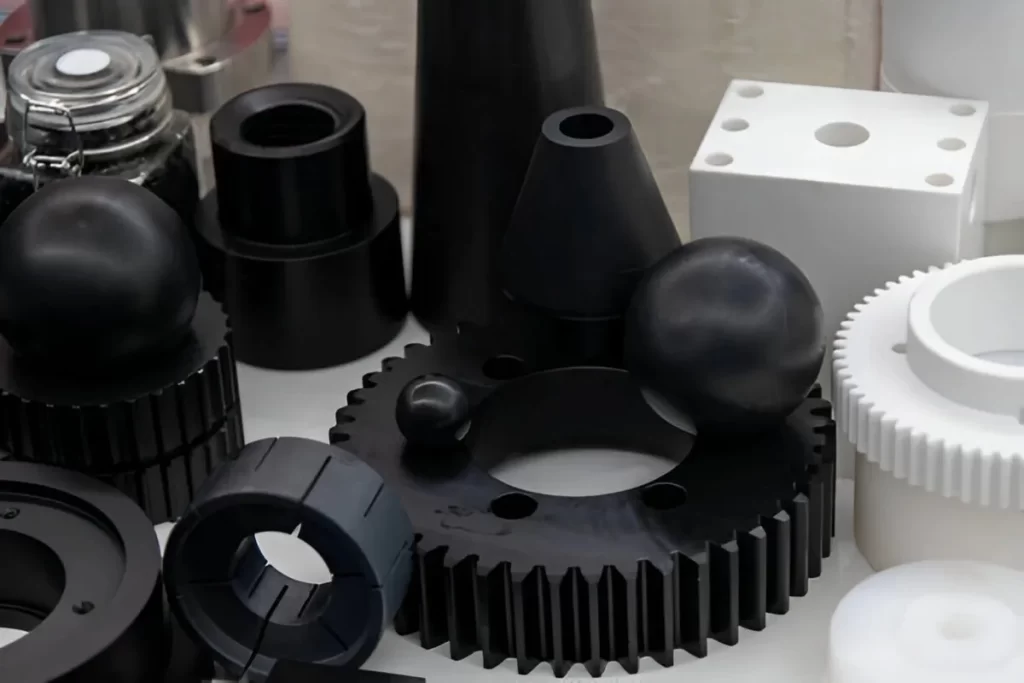
Aerospace Plastic Parts
Some plastics have advantages that metals cannot equal. They are lightweight, shockproof, and insulating.
PEEK, polycarbonate, and Ultem are typical materials used in cabin interiors, instrument panels, and valve parts.
Nevertheless, only highly quality plastics in terms of smoke, flame, and toxicity can be used in the aerospace sector.
Types of CNC Machining Aircraft Parts
CNC machining is essential in making precise parts used across many aerospace applications. The aerospace machining companies use advanced CNC machines to form various aircraft parts, including:
- Structural elements
- Tail sections
- Engine and powertrain parts
- Interior fittings
- Doors and access panels
It is also widely used to manufacture satellites, rockets, and other spacecraft parts.
Structural Parts
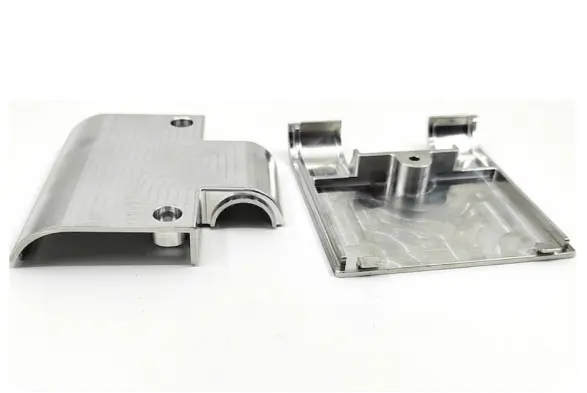
Two Aircraft parts
An aircraft frame has many significant load-bearing components. Mostly, they are CNC machined. These include ribs and spars, which make wings strong and stiff when stressed.
Movable surfaces like flaps and ailerons are also machined to close tolerances and control airflow. Landing gear beams and struts are highly fabricated to take the considerable weight loads during takeoff and landing.
Tail Section Parts
The tail innards and stabilisers of an aircraft are accurately machined. The structures assist in maintaining the aircraft steady and manoeuvrable. Tail control surfaces, like elevators and rudders, must be well-machined and smooth to operate correctly.
Engine and Powertrain Parts
CNC machining creates turbine blades, engine mounts, and housings. These components are highly complex in shape and need to withstand high stress levels and temperatures.
Engine pylons connect the engines to the wings or body. They are built to handle heavy loads and engine vibrations. Thermal components like heat exchangers are precision machined for performance and reliability in the long term.
Interior Components
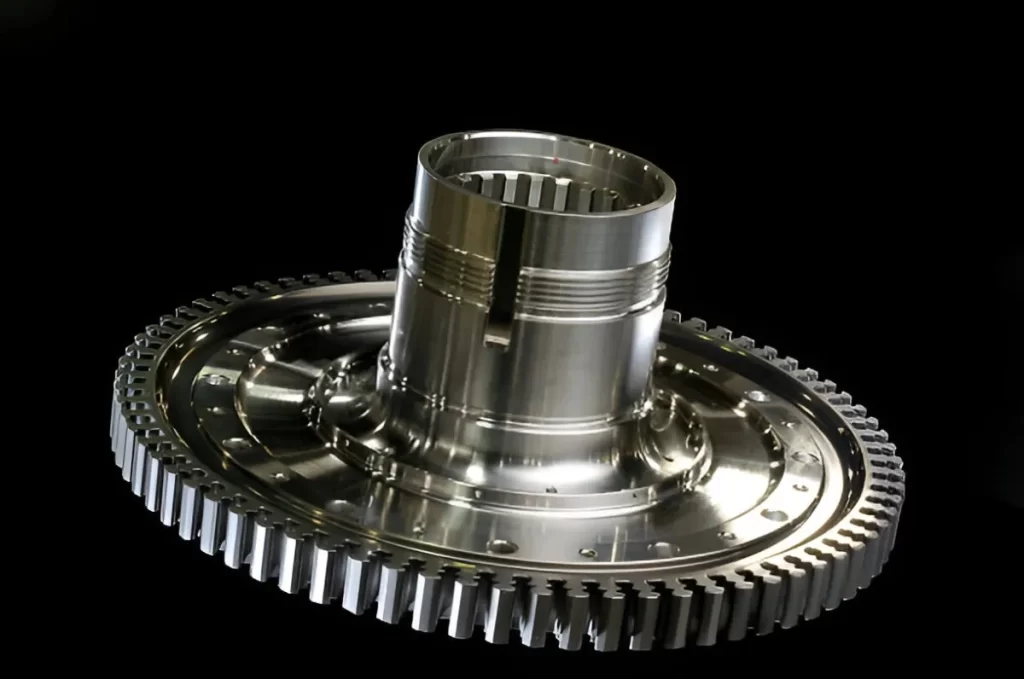
Complex CNC Machined Interior Aircraft Component
Many small yet significant components are CNC machined in the cockpit and cabin, such as seat rails, brackets, and mounting clamps. These components are not as evident as the others. However, they are essential in holding an assembly together and ensuring safety.
Doors and Access Panels
Access hatches and landing gear doors require exact machining to fit well and seal. They must resist pressure changes in flight and not leak, so tight machining tolerances are essential for safety.
Try Prolean Now!
CNC Machining Processes Used in Aerospace Manufacturing
CNC machined parts for aerospace are critical to be designed. However, it is appropriate for prototype and mass production. It is possible to integrate CNC with 3D printing for complicated designs. CNC machining is more suitable in general. Knowing them helps you select an appropriate process to use in your project.
3 Axis CNC Machining

3-axis CNC Machine
3-axis machining is best suited for simple shapes. These machines are cheaper and can be handled easily. They are most suitable for components such as fuel pumps. The process is an effective way of removing material.
Due to its simplicity, a three-axis machining process is prevalent in small-scale workshops. It also assists in reducing costs without cutting corners. (Read more about CNC milling for aerospace)
5-Axis CNC Machining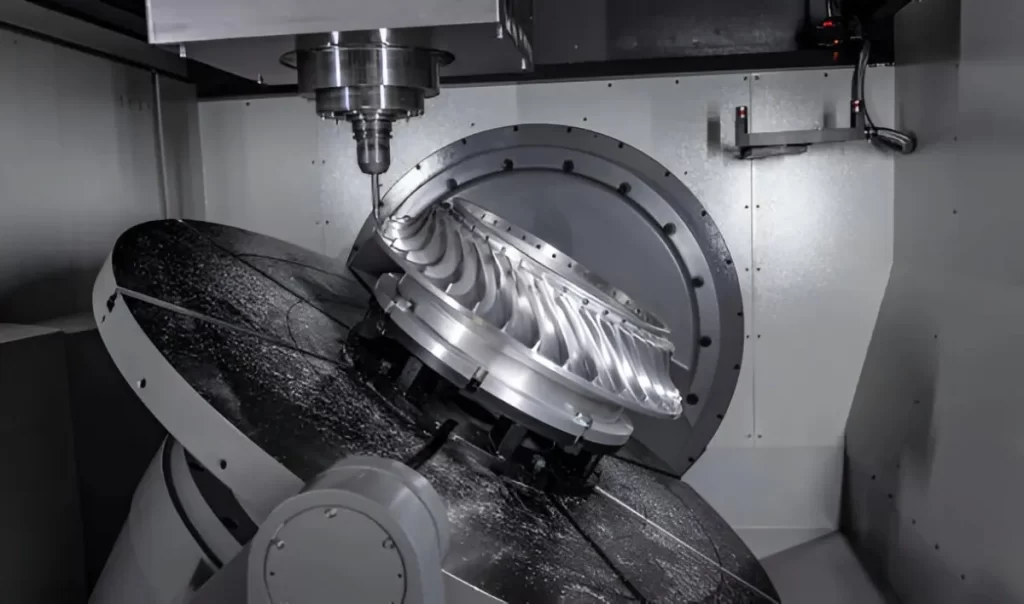
5-Axis CNC Machining for Aerospace
5-axis machining is named for highly intricate products. It deals with more complicated components. The cutting tool has five moving axes simultaneously. This enables you to get to typical angles and shapes. It goes well with turbine blades or an impeller.
In addition, 5-axis machining is time-saving because it cuts down on setups. It improves surface finishing, too. It is easy to create complex holes and undercuts. (See also complex CNC machining)
Precision CNC Turning
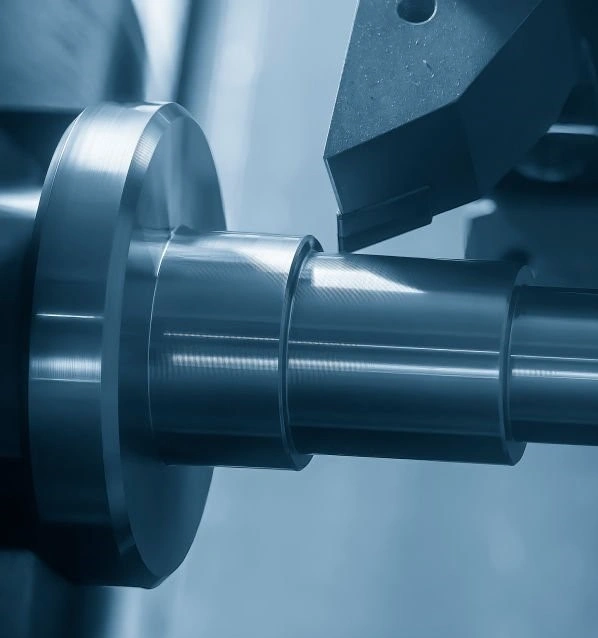
CNC Turning Process
Round and cylindrical parts are machined by turning. The workpiece is rotated, and a fixed tool does the cutting. This procedure produces shafts, fasteners, and pins. It offers close tolerances and refined finishes.
Moreover, CNC turning allows you to create many parts with the same shapes. It remains economical for large-scale production.
CNC Grinding and Finishing
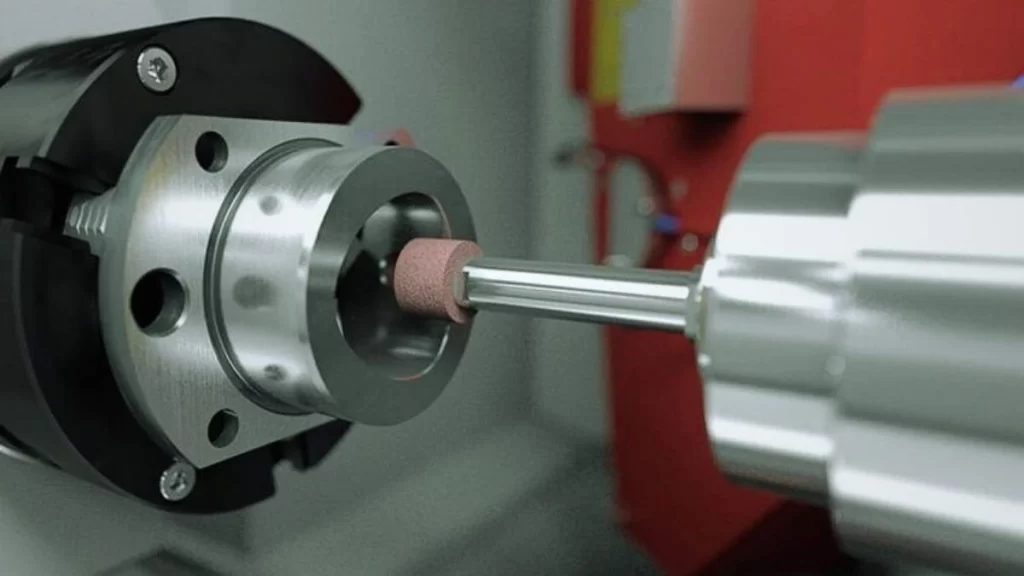
CNC ID Grinding
Grinding is considered a refinement of finishes without altering size. This maintains close tolerances and the integrity of parts.
The grinding machines are automatic to provide quality. These ensure components such as shafts and bearings last longer. The friction and wear are reduced as well through grinding.
Combining CNC with Additive Manufacturing
You can integrate 3D printing with CNC machining. The hybrid machines deposit material, followed by material removal. This provides the freedom of design and high precision.
One can produce complex components that would be difficult to make by machine alone. It also gives you the benefits of both methods. (See also CNC prototype machining)
Surface Finishes for CNC Aircraft Parts
The surface finish is crucial to the aerospace parts. It improves performance, durability, and safety. The general finishes for CNC aircraft parts are below.
Anodising
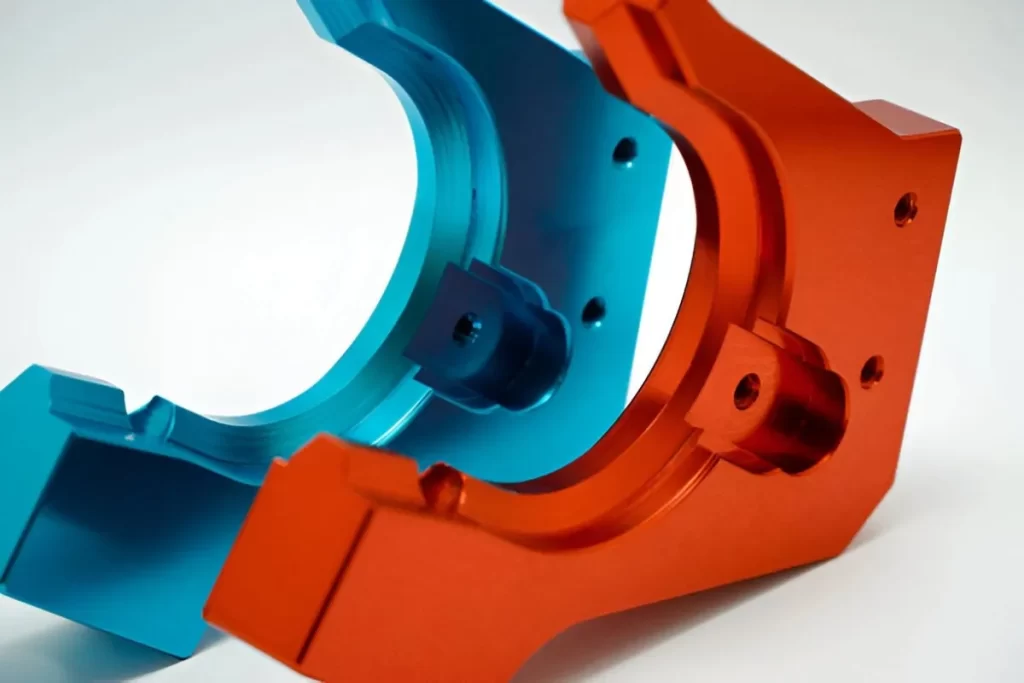
Aluminum Aeropspace Anodized Parts
Aluminium aerospace parts typically undergo anodising. It forms a strong oxide coating on the surface, which resists corrosion. Wear resistance is also enhanced, and it gives a good aesthetic look. The colour options are vibrant and can be selected according to the application.
Shot Peening
Shot peening is often used to improve fatigue resistance by inducing compressive stress on the surface. The part is bombarded with tiny ceramic or metal beads to enhance fatigue resistance. It avoids cracks and increases the life of the components. It is frequently used for critical aerospace parts like landing gears and structural components.
Polishing

Polished Screw Parts and an aircraft Engine
Polishing leaves a smooth, shiny surface on metal parts. It reduces drag and improves airflow on aerodynamic surfaces. Polishing also renders parts simple to wash and examine for defects. The coating is typical for visible aircraft surfaces, parts, and components needing close tolerances.
Passivation
Passivation removes free iron from the stainless steel surface. It forms a thin, protective oxide layer that does not allow rust. This coating is necessary for the aerospace industry’s stainless steel parts subjected to moisture and chemicals.
Try Prolean Now!
Benefits of Using CNC Machining for Aerospace Parts
CNC machining has numerous benefits that help you achieve high yields that meet aerospace standards. The process provides accurate, quality parts that can work under harsh conditions.
Create Lightweight Components
Aerospace technology is highly concerned with weight. With CNC machining, you can make parts with thin walls yet strong. It is effective when used with lightweight materials, enabling you to reduce aircraft weight. The lighter parts improve fuel economy and consumption.
Minimal Part Errors
Dimensional errors in traditional manufacturing appear due to manual intervention. The advanced CNC machines eliminate this risk to some extent due to accurate programming and automation. This implies that the parts you manufacture are by the size and tolerance specifications. Fewer errors mean less possibility of part failure and more reliability.
High Accuracy and Precision
CNC machines are highly accurate and can sometimes reach an accuracy of a few micrometres. The parts perfectly fit in the aircraft assemblies. You do not make expensive errors and destroy something by using ill-fitting parts.
Consistency and Efficiency
CNC machining automates the manufacturing process. It ensures every part is produced with consistent accuracy. This helps reduce waste and limits the need for rework.
Practical Tips to Know When Machining Aerospace Parts
Machining aerospace parts can be complex and demanding. Here are a few key tips to help you get better results and avoid costly mistakes.
Run a Simulation First
Before the commencement of full production, employ CNC simulation software. This will allow you to monitor the whole process virtually. It will be possible to identify problems in advance and adjust. So, simulating prevents mistakes and material waste when executing actual machining.
Choose the Right Machines and Tools
Aerospace parts do not fit on all CNC machines and cutting tools. Commonly, these parts require specialised equipment. Large and speedy mills specialise in aerospace work to increase accuracy and performance. Right tool selection will reduce wear and improve the quality of the parts.
Divide Production into Manageable Steps
Manufacturing of a complete aerospace component may seem perplexing. Divide the work into smaller parts. Give each segment to the most appropriate machine and process for that particular task. This eases production, making it easier to handle.
Focus on Good Design
The success of machining is influenced by the intended part design. CNC optimised designs save time in setup and ease the manufacturing process. Well-formulated designs improve ease of work and reliability of final parts.
Choose ProLean for Your Aerospace CNC Machining Projects
When you work with ProLean, you gain more than just a machining service. You get a partner who understands the precision and care that aerospace parts demand.
Our expert engineers and machinists collaborate closely with customers to ensure every component meets strict aerospace standards and performs reliably in real-time conditions.
Our company uses advanced CNC technology to machine complex geometries from materials like titanium, aluminium alloys, and specialised plastics. We focus on reducing production times and maintaining tight tolerances.
Whether you need a prototype or full-scale manufacturing, we adapt our processes to fit your timeline and quality needs. Contact us right away for custom machining services.
FAQ’s
Q1: What materials are used in aerospace CNC machining?
Aluminium, titanium, stainless steel, and special plastics are ordinary. These materials offer the strength and lightness needed for aircraft parts.
Q2: How tight are the tolerances in aerospace CNC parts?
Tolerances typically range from ±0.005 mm to ±0.02 mm, depending on the part’s function, ensuring critical fit and performance.
Q3: What machining challenges are common in aerospace manufacturing?
Challenges include managing heat generation in hard alloys, maintaining dimensional accuracy on complex geometries, and avoiding surface defects that affect fatigue life.

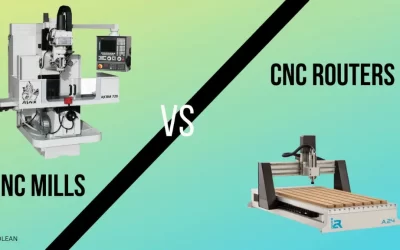
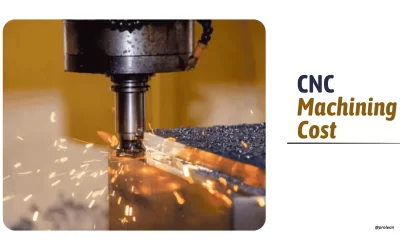
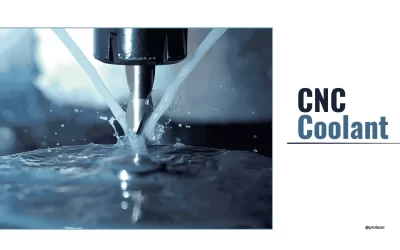
0 Comments